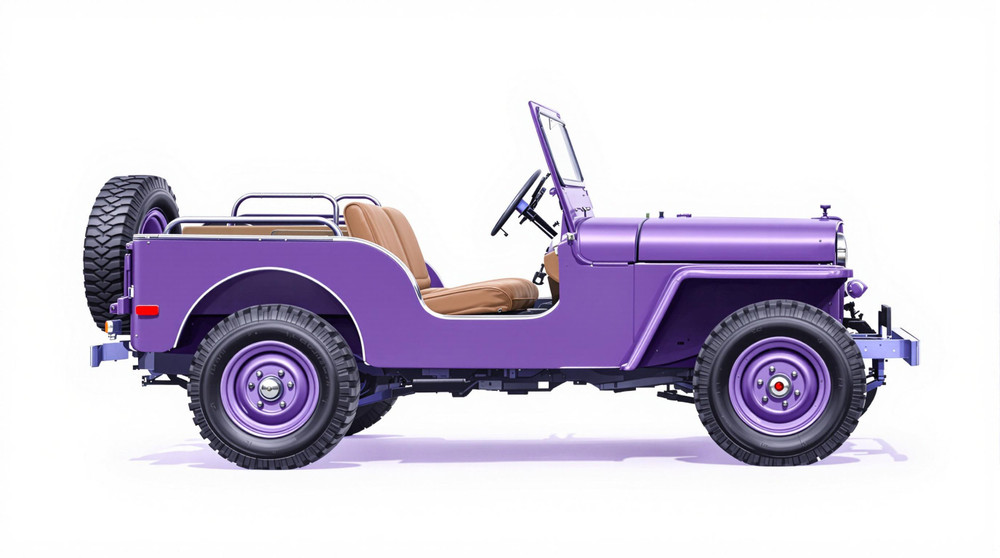Image of 1947 Willys Jeep Cj3a, Note: These illustrations use artistic license and may differ from actual historical models.
Performance Metrics
Fundamental Metrics
Emotional Appeal
MMP Rating
| Engine Specifications | |
|---|---|
| Engine: | L134 Go Devil I4 |
| Displacement: | 134.2 cu in (2.2 L) |
| Horsepower: | 60 hp at 4000 rpm |
| Torque: | 105 lb-ft at 2000 rpm |
| Compression Ratio: | 6.48:1 |
| Ignition System: | 6-volt electrical system |
| Cooling System: | Liquid-cooled |
| Performance Specifications | |
| 0-60 Time: | Not available due to the vehicle's age and intended use |
| 1/4 Mile Time: | Not available due to the vehicle's age and intended use |
| Top Speed: | 60 mph |
| Transmission and Drive | |
| Drive Type: | 4WD |
| Transmission Type: | 3-speed manual |
| Fuel and Efficiency | |
| Fuel System Type: | Carter WO-596S one-barrel carburetor |
| MPG: | 15-20 mpg |
| Dimensions and Brakes | |
| Brakes: | Hydraulic drum brakes |
| Wheelbase: | 80 in (2,032 mm) |
| Weight: | 2,100 lbs |
Note: Specifications for classic cars are given to the best of our ability, considering the limited and variant data available.
Unveiling the Icon: The 1947 Willys Jeep CJ3A
The year 1947 marked the advent of a vehicle that would become an emblem of rugged American ingenuity: the Willys Jeep CJ3A. Born from the ashes of World War II, this utilitarian masterpiece was crafted by Willys-Overland Motors, a company that had already etched its name into military history with the legendary Willys MB. The CJ3A was a civilian rebirth, designed to harness the robustness of its military predecessor for everyday use. A fascinating tidbit about this vehicle is its direct evolution from war machinery to farm equipment, as it was initially marketed to farmers as a "power unit on wheels."
Design and Innovation
The exterior of the 1947 Willys Jeep CJ3A was a testament to simplicity and function over form. Its flat, vertical grille with round headlights and the unmistakable silhouette were hallmarks of a design that prioritized utility. Inside, the Jeep was spartan, with a rugged metal dashboard and minimalistic controls. The materials used were durable and basic, reflecting its purpose-driven intent. Technologically, it boasted innovations like a tailgate and side-mounted spare tire that were advanced for its era. Color options were straightforward, with hues like Pasture Green and Harvest Tan resonating with its target audience of farmers and outdoor enthusiasts. Among body styles, the open-top version with canvas roof and doors was iconic, capturing the essence of freedom that Jeep would later become synonymous with.
Historical Significance
The CJ3A's impact on automotive design is undeniable; it laid the groundwork for the SUVs and off-road vehicles we see today. It stood out from other cars of its time due to its four-wheel-drive capability, which was a rarity in civilian vehicles. This feature alone has cemented its legacy as an ancestor to modern off-roading culture.
Performance and Handling
Performance-wise, the '47 CJ3A wasn't about speed—it was about capability. With a top speed hovering around 60 mph and modest acceleration by today's standards, it shone in its ability to tackle rough terrain rather than race down highways. Handling was straightforward with manual steering that provided an authentic feel for the road—or lack thereof. Driving one was an exercise in mechanical harmony; you could hear every rev of the Go Devil engine and feel every rut in the road.
Ownership Experience
As for ownership experiences, this Jeep found roles as varied as daily transportation, farm workhorse, and even recreational off-roading long before it became a mainstream hobby. Its maintenance was relatively simple due to its uncomplicated design and widespread availability of parts—a boon for average owners who often took repairs into their own hands. Fun Facts In terms of trivia, one might be surprised to learn that despite its no-frills nature, celebrities such as Ronald Reagan owned CJ Jeeps. While not known for breaking speed records, it set standards in endurance and versatility.
Collector's Information
Today, collectors cherish the 1947 Willys Jeep CJ3A for its historical significance and simplicity. While exact production numbers are hard to pin down, estimates suggest tens of thousands were made. Values range widely based on condition but expect anywhere from $10,000 for a project vehicle to upwards of $30,000 or more for a fully restored example. Price trends have generally seen appreciation due to the vehicle's iconic status among enthusiasts and collectors alike.
Conclusion
In summing up the 1947 Willys Jeep CJ3A, we're not just talking about an old car; we're discussing a piece of history that transitioned from wartime heroics to peacetime practicality without missing a beat. It's a testament to enduring design and versatility that continues to resonate with fans around the world. Whether you're looking at it through the lens of nostalgia or utility, there's no denying that this Jeep is much more than just a vehicle—it's an American legend on four wheels.
1947 Willys Jeep Cj3a Catalog of Parts
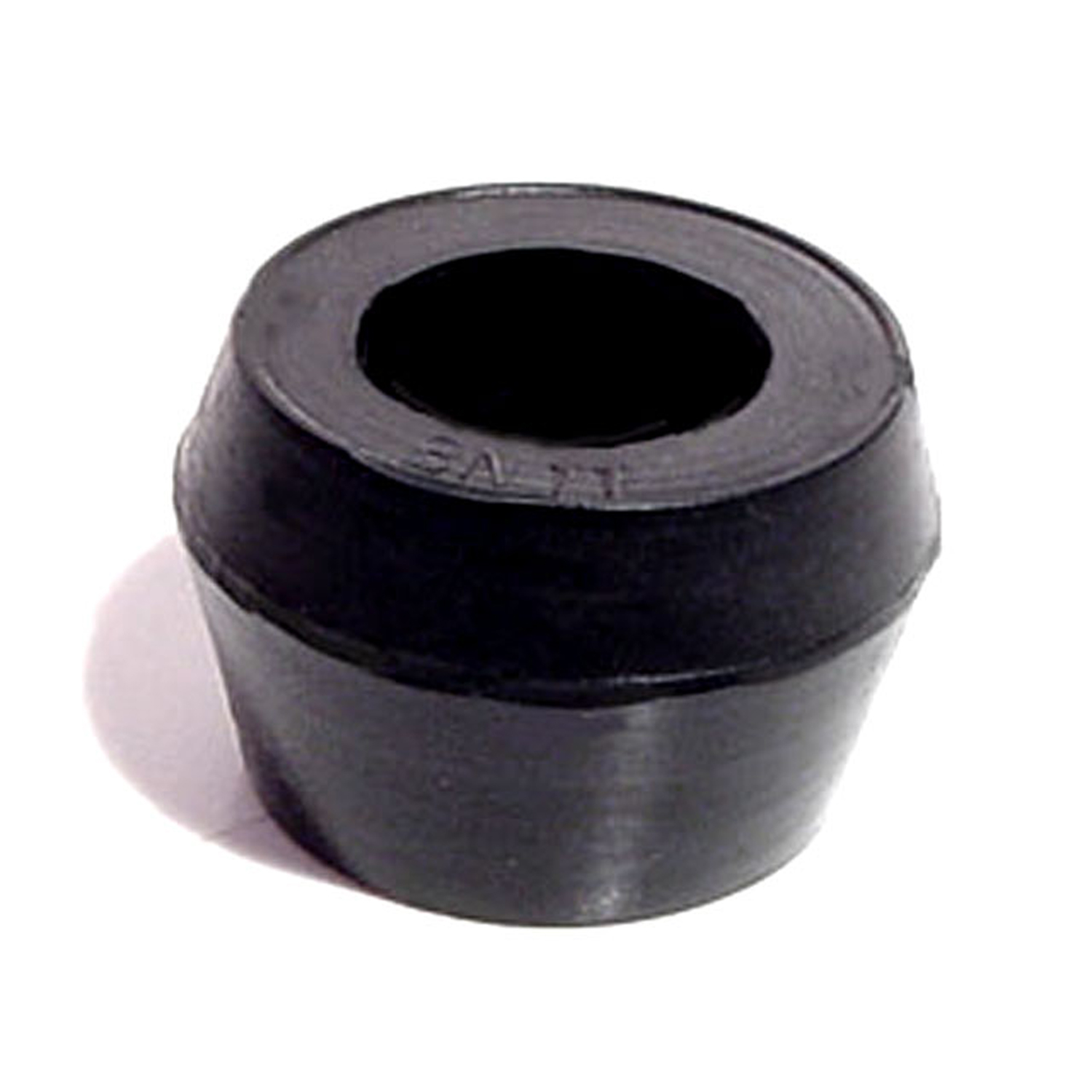 1947 Willys JEEP CJ3A Shock Absorber Grommet. 1" bottom O.D-BN 11Shock Absorber Grommet. 1" bottom O.D., 3/4" high, with 5/8" I.D. Each
1947 Willys JEEP CJ3A Shock Absorber Grommet. 1" bottom O.D-BN 11Shock Absorber Grommet. 1" bottom O.D., 3/4" high, with 5/8" I.D. Each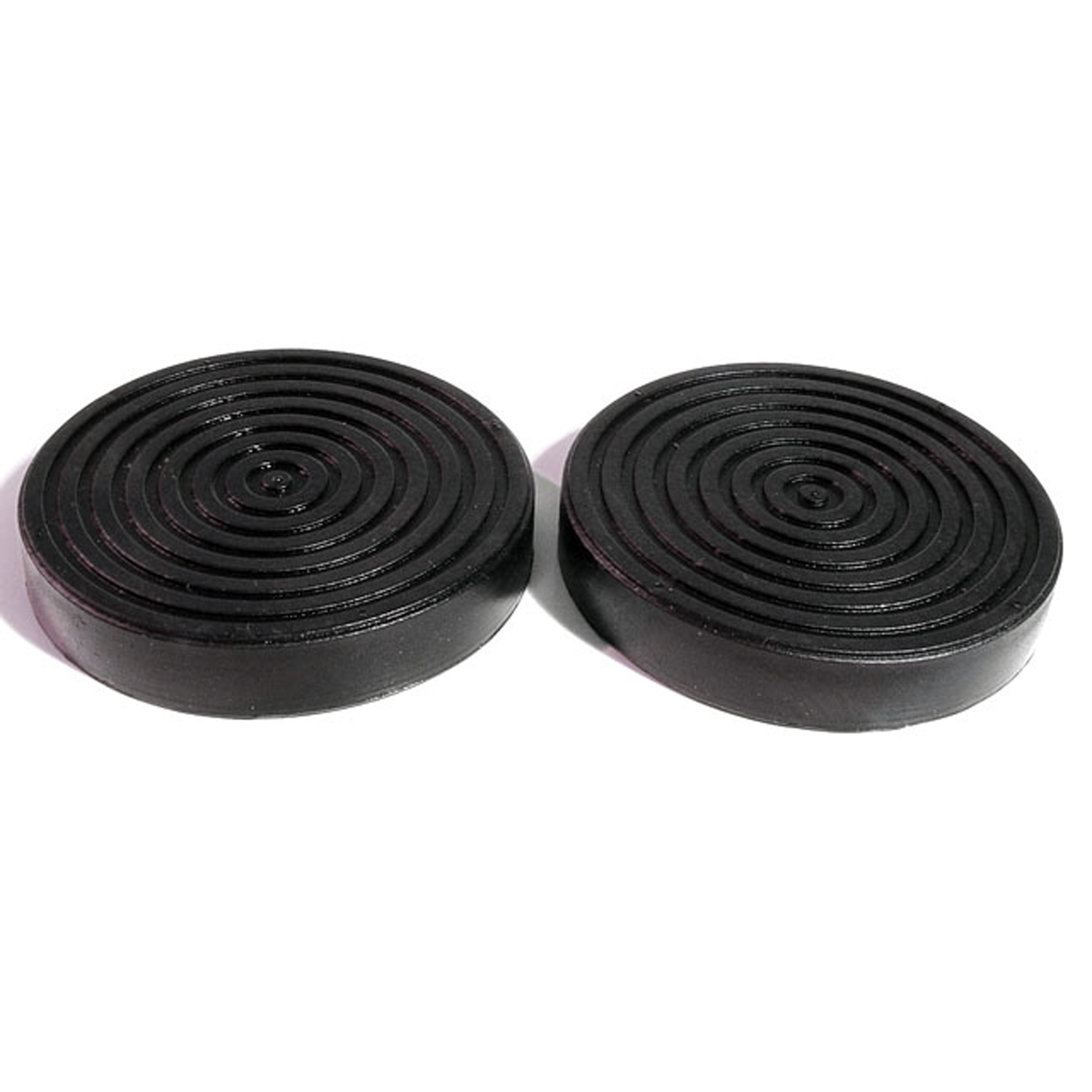 1947 Willys JEEP CJ3A Clutch and Brake Pedal Pads. 3" Diameter. Pair-CB 61Clutch and Brake Pedal Pads. 3" Diameter. Pair
1947 Willys JEEP CJ3A Clutch and Brake Pedal Pads. 3" Diameter. Pair-CB 61Clutch and Brake Pedal Pads. 3" Diameter. Pair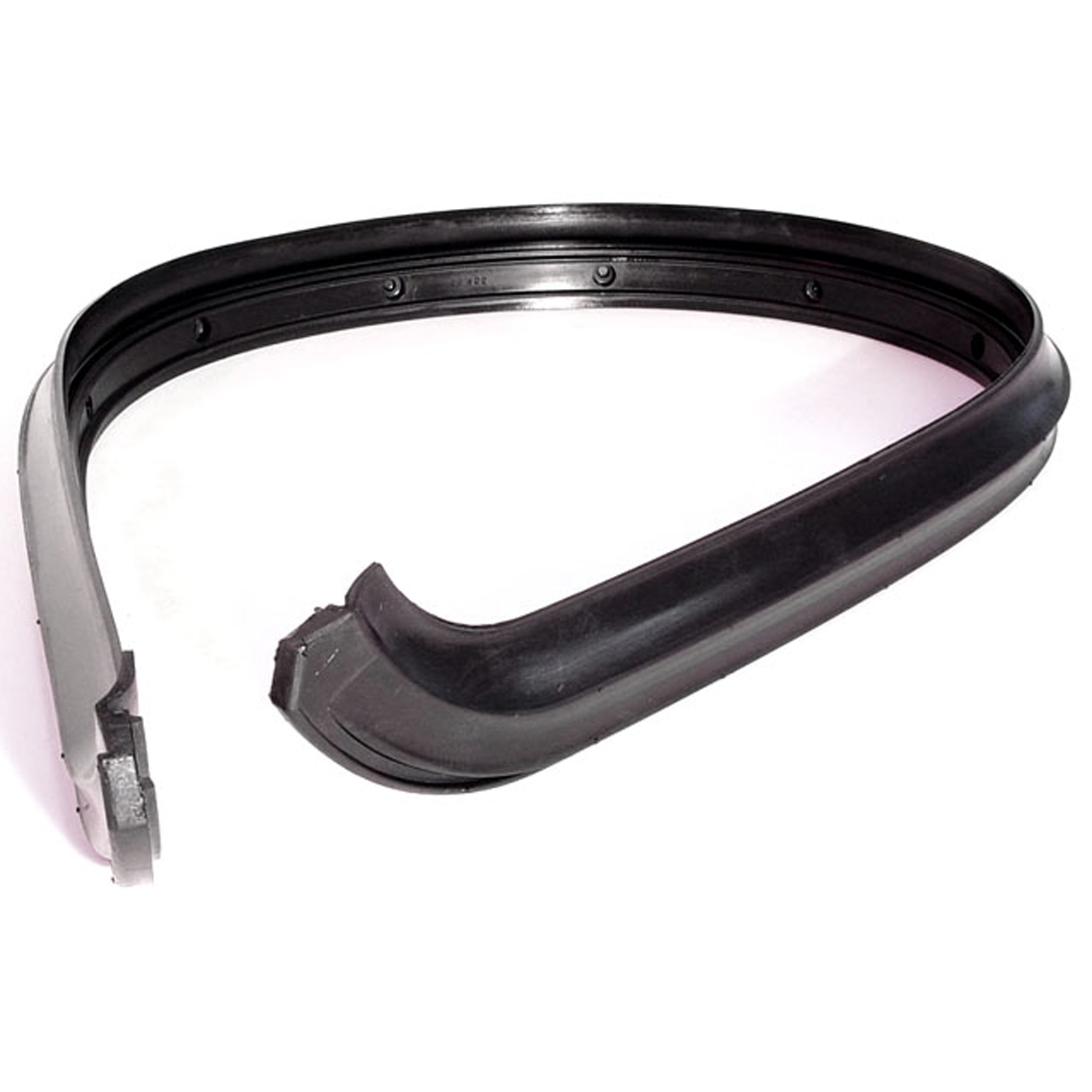 1947 Willys JEEP CJ3A Windshield to Cowl Seal. 55-1/2" long. Each-CS 102Windshield to Cowl Seal. 55-1/2" long. Each
1947 Willys JEEP CJ3A Windshield to Cowl Seal. 55-1/2" long. Each-CS 102Windshield to Cowl Seal. 55-1/2" long. Each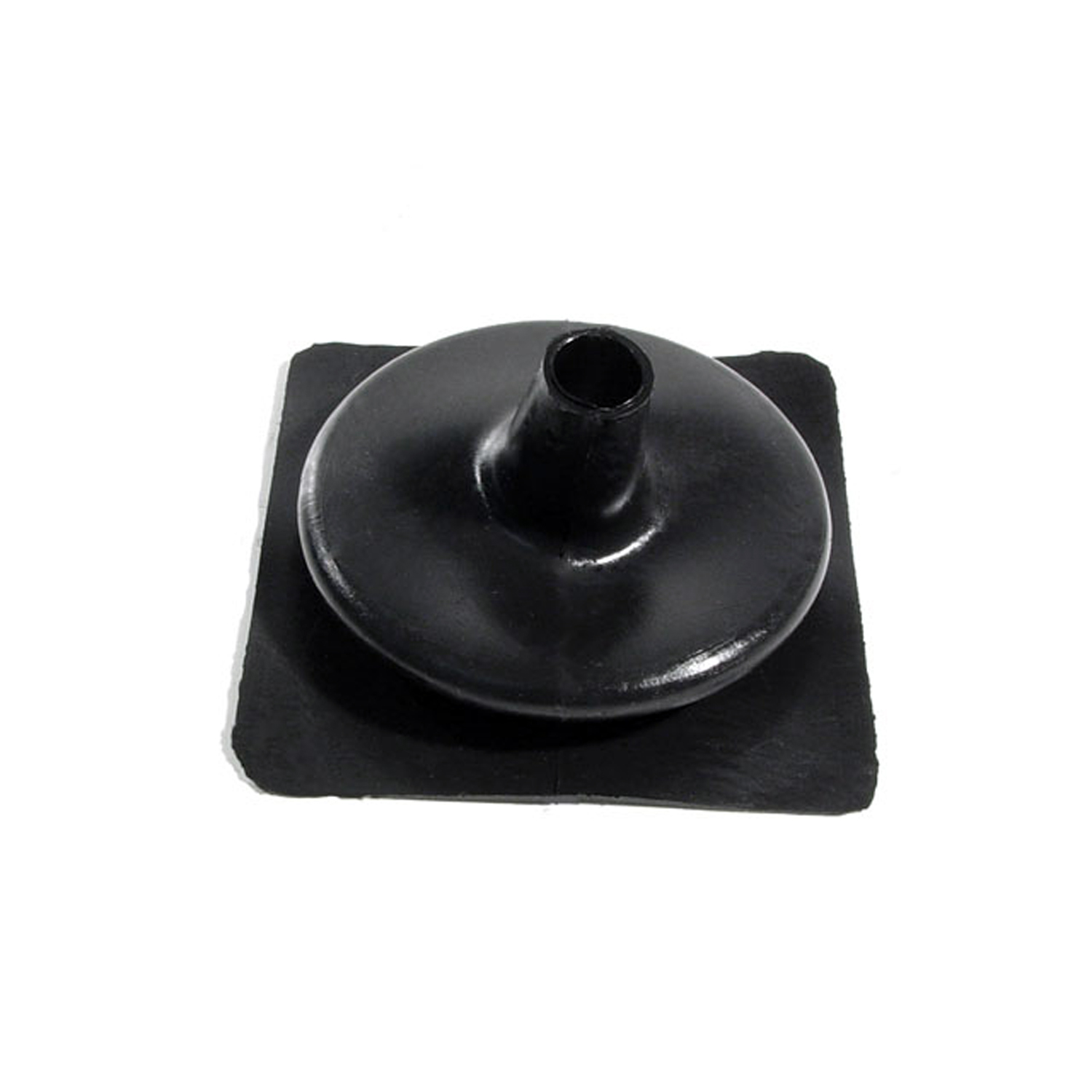 1947 Willys JEEP CJ3A Dust Boot. For vehicles with power take off. Each-RP 34-JDust Boot. For vehicles with power take off. Each
1947 Willys JEEP CJ3A Dust Boot. For vehicles with power take off. Each-RP 34-JDust Boot. For vehicles with power take off. Each 1947 Willys JEEP CJ3A Horn Button Cap, 1-1/4" O.D. Each-RP 600-JHorn Button Cap, 1-1/4" O.D. Each
1947 Willys JEEP CJ3A Horn Button Cap, 1-1/4" O.D. Each-RP 600-JHorn Button Cap, 1-1/4" O.D. EachWhy Choose Metro?
For over 100 years, Metro Moulded Parts has been the pinnacle of quality in classic car restoration parts. Our commitment to precision and authenticity in every component ensures a perfect fit and an OEM-level appearance.
- Expert Craftsmanship & Quality: Each part is a testament to our dedication to reliability and perfection, crafted from original designs and thoroughly tested.
- Advanced Technology: We use cutting-edge techniques to create flawless, long-lasting parts that surpass others in performance.
- SuperSoft Sponge – The Ultimate Door Seal: Not only are our door seals 30% softer than competitors', but they're also guaranteed to never leak. They effectively reduce wind and road noise, enhancing your classic car's comfort and driving experience.
- Proudly American: Our parts are a product of American craftsmanship, made in the USA with a spirit of excellence and heritage.
- Unrivaled Warranty: We back our products with a 30-year industry-leading warranty, a testament to our confidence in their quality.
Join us in preserving the legacy of classic cars with parts that are crafted for perfection, not just made.

